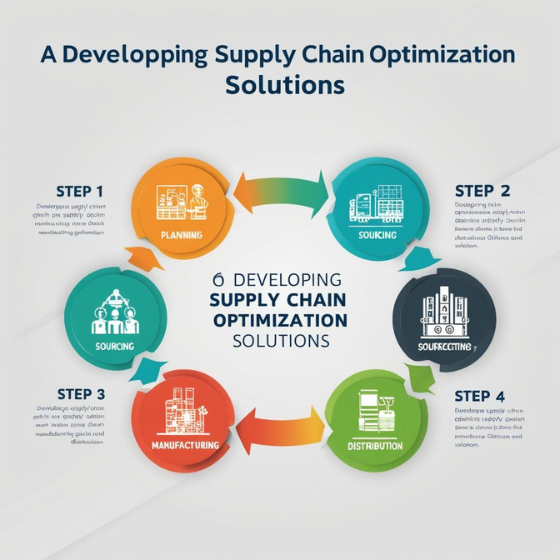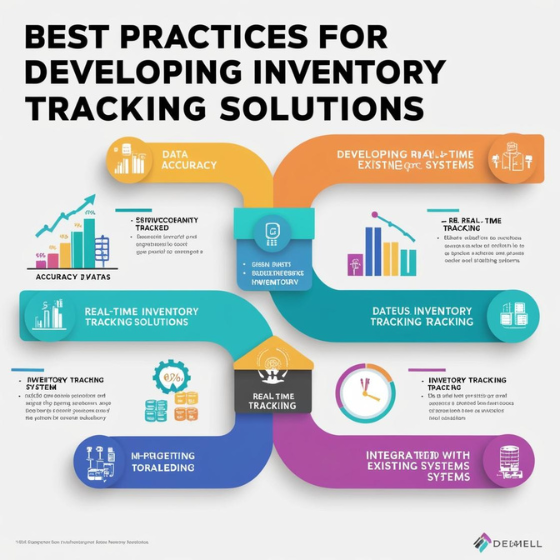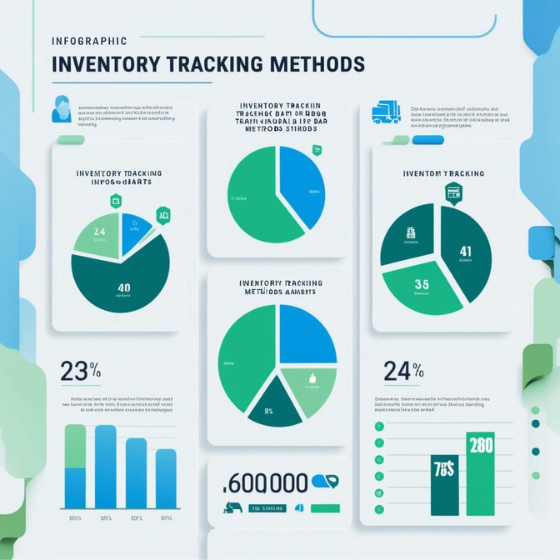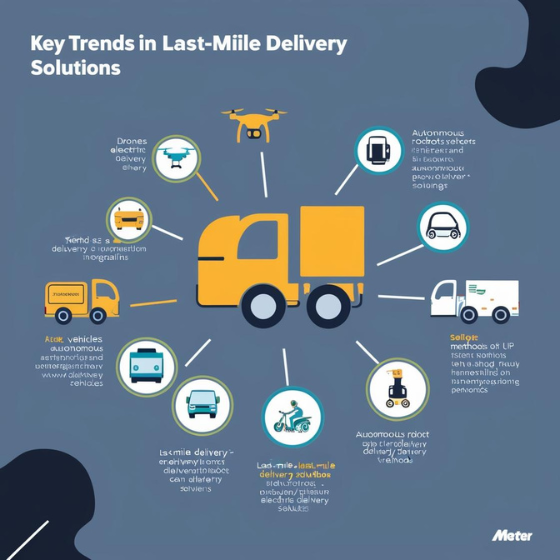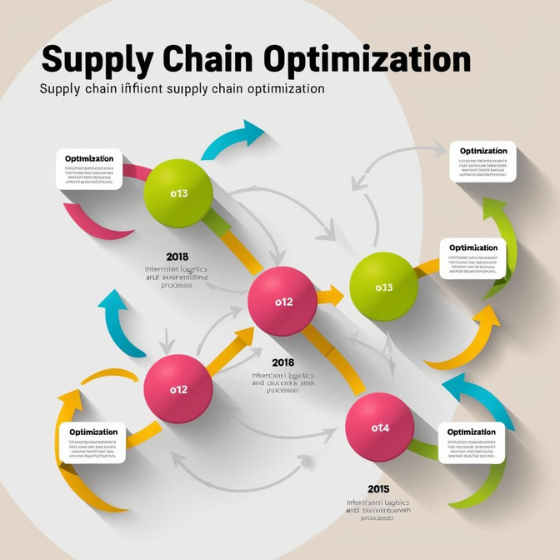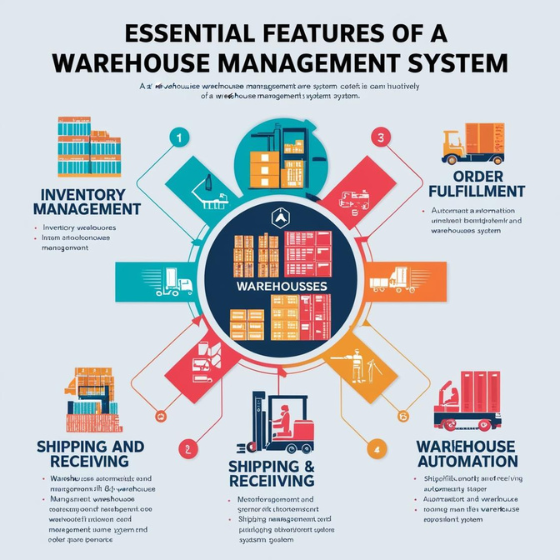How to Develop Supply Chain Optimization Solutions
Introduction
“Efficient supply chains are the backbone of successful businesses, ensuring timely deliveries, cost savings, and improved customer satisfaction.” Yet, according to a 2023 Deloitte report, 79% of businesses face challenges in streamlining their supply chain operations. The question arises: how can organizations overcome these challenges and create seamless, cost-effective supply chain systems?
This blog dives deep into how to develop supply chain optimization solutions, equipping you with actionable insights and proven strategies to improve supply chain efficiency. By leveraging modern technology and best practices, you’ll learn how to transform your supply chain into a competitive advantage.
1. What Are Supply Chain Optimization Solutions?
Supply chain optimization solutions involve a combination of strategies, technologies, and tools that aim to streamline the end-to-end process of delivering products or services. This includes everything from sourcing raw materials to last-mile delivery.
Key Components of Optimization Solutions:
- Inventory Management: Avoid overstocking or understocking.
- Demand Forecasting: Predict customer demand accurately.
- Logistics and Distribution: Streamline transport and delivery processes.
- Supplier Collaboration: Build transparent and reliable supplier networks.
When businesses know how to develop supply chain optimization solutions, they unlock the potential to reduce costs, improve delivery speeds, and enhance customer satisfaction.
2. Steps to Develop Supply Chain Optimization Solutions
1. Assess Your Current Supply Chain
Begin by conducting a comprehensive audit of your existing processes. Identify inefficiencies, bottlenecks, and areas with room for improvement.
Key Metrics to Analyze:
- Order fulfillment time
- Inventory turnover rate
- Logistics costs per unit
Use tools like process mapping or data analytics software to gain a clear understanding of your supply chain performance.
2. Set Clear Goals
Every optimization strategy should be aligned with your business objectives. Are you aiming to reduce costs, improve delivery timelines, or enhance supply chain transparency? Setting measurable goals ensures you have a roadmap to success.
Examples of goals:
- Reduce delivery delays by 20% within 6 months.
- Achieve 95% order accuracy rates.
3. Integrate Advanced Technologies
One of the most critical aspects of how to develop supply chain optimization solutions is leveraging technology to automate and enhance workflows.
- IoT Sensors: For real-time inventory tracking and monitoring.
- AI and Machine Learning: Predict demand and optimize inventory management.
- Blockchain Technology: Ensure transparency and traceability across the supply chain.
- Cloud Platforms: Improve collaboration between teams and suppliers.
Explore Sodio’s custom supply chain software solutions to help you incorporate cutting-edge technologies seamlessly into your operations.
4. Build Strong Supplier Relationships
An optimized supply chain thrives on trust and communication. Strengthen your supplier relationships by sharing data, collaborating on forecasts, and maintaining open communication channels.
- Negotiate long-term contracts for cost stability.
- Regularly evaluate supplier performance using KPIs like on-time delivery rates and defect rates.
5. Optimize Logistics and Distribution
Logistics play a crucial role in ensuring smooth delivery.
- Use route optimization software to minimize transport time and fuel costs.
- Partner with 3PLs (third-party logistics providers) to scale your distribution network.
- Incorporate automated warehousing solutions to reduce human error.
Sodio specializes in building logistics and transportation platforms tailored to meet your business requirements, ensuring a streamlined flow from production to customer delivery.
3. Best Practices for Supply Chain Optimization
Embrace Data-Driven Decision-Making
Data is the foundation of any successful optimization solution. Use predictive analytics to understand customer behavior, seasonal demand patterns, and market trends.
Implement Real-Time Tracking
Real-time visibility into your supply chain allows you to identify potential disruptions before they escalate. IoT sensors and GPS tracking tools can provide up-to-the-minute updates.
Collaborate Across Departments
Ensure seamless communication between procurement, production, and distribution teams. Miscommunication can lead to delays, errors, and increased costs.
Adopt Agile Supply Chain Strategies
Agility allows businesses to respond quickly to unexpected changes in demand or supply disruptions. For example, switching to local suppliers during global supply chain crises can keep operations running smoothly.
4. Technology: The Catalyst for Supply Chain Transformation
To truly understand how to develop supply chain optimization solutions, it’s essential to recognize the role of technology. Here’s a closer look:
Artificial Intelligence and Machine Learning
AI-driven tools analyze massive datasets to:
- Predict demand with pinpoint accuracy.
- Suggest optimal inventory levels.
- Identify inefficiencies in logistics networks.
Blockchain for Supply Chain Transparency
Blockchain technology creates a decentralized ledger that records every transaction. Benefits include:
- Improved traceability for products.
- Reduced fraud and counterfeit risks.
- Faster dispute resolution with suppliers and partners.
Internet of Things (IoT)
IoT devices collect real-time data on inventory levels, shipping conditions, and machinery performance.
Automation and Robotics
Automated systems in warehouses streamline tasks like sorting, packing, and inventory management. This reduces labor costs while improving efficiency.
Sodio’s expertise in integrating AI, IoT, and blockchain technologies into supply chain solutions ensures that your business stays ahead of the curve.
5. Real-World Case Studies: Successful Supply Chain Optimization
Case Study 1: Coca-Cola
Coca-Cola leverages IoT sensors and data analytics to monitor and optimize its supply chain. By doing so, it has achieved reduced energy consumption and improved delivery timelines.
Case Study 2: Unilever
Unilever adopted blockchain technology to ensure transparency in sourcing raw materials, particularly for its sustainability initiatives. This move improved supplier relationships and boosted customer trust.
Case Study 3: Sodio Client Success
One of Sodio’s clients, a leading retail company, faced challenges with inventory management and delivery delays. By implementing a custom AI-powered platform, Sodio reduced their stockouts by 40% and cut delivery times by 25%.
Want similar results? Check out Sodio’s case studies and see how we can transform your supply chain operations.
Engagement: Let’s Build Your Supply Chain Solution
Ready to take the first step in transforming your supply chain? Whether you’re a retail giant or a small business, Sodio’s team of experts can design tailored solutions to meet your unique needs.
From inventory management systems to AI-powered logistics platforms, Sodio offers a range of services to help you optimize your supply chain. Contact us today for a free consultation or visit our services page to learn more.
Conclusion
Developing effective supply chain optimization solutions requires a strategic approach, a clear understanding of goals, and the integration of advanced technologies. By implementing best practices like real-time tracking, strong supplier partnerships, and AI-powered tools, businesses can unlock greater efficiency, reduce costs, and enhance customer satisfaction.
At Sodio, we specialize in helping businesses achieve supply chain excellence. Explore our custom solutions and let us guide you through every step of the optimization process. Contact our team today and turn your supply chain into a competitive edge!
